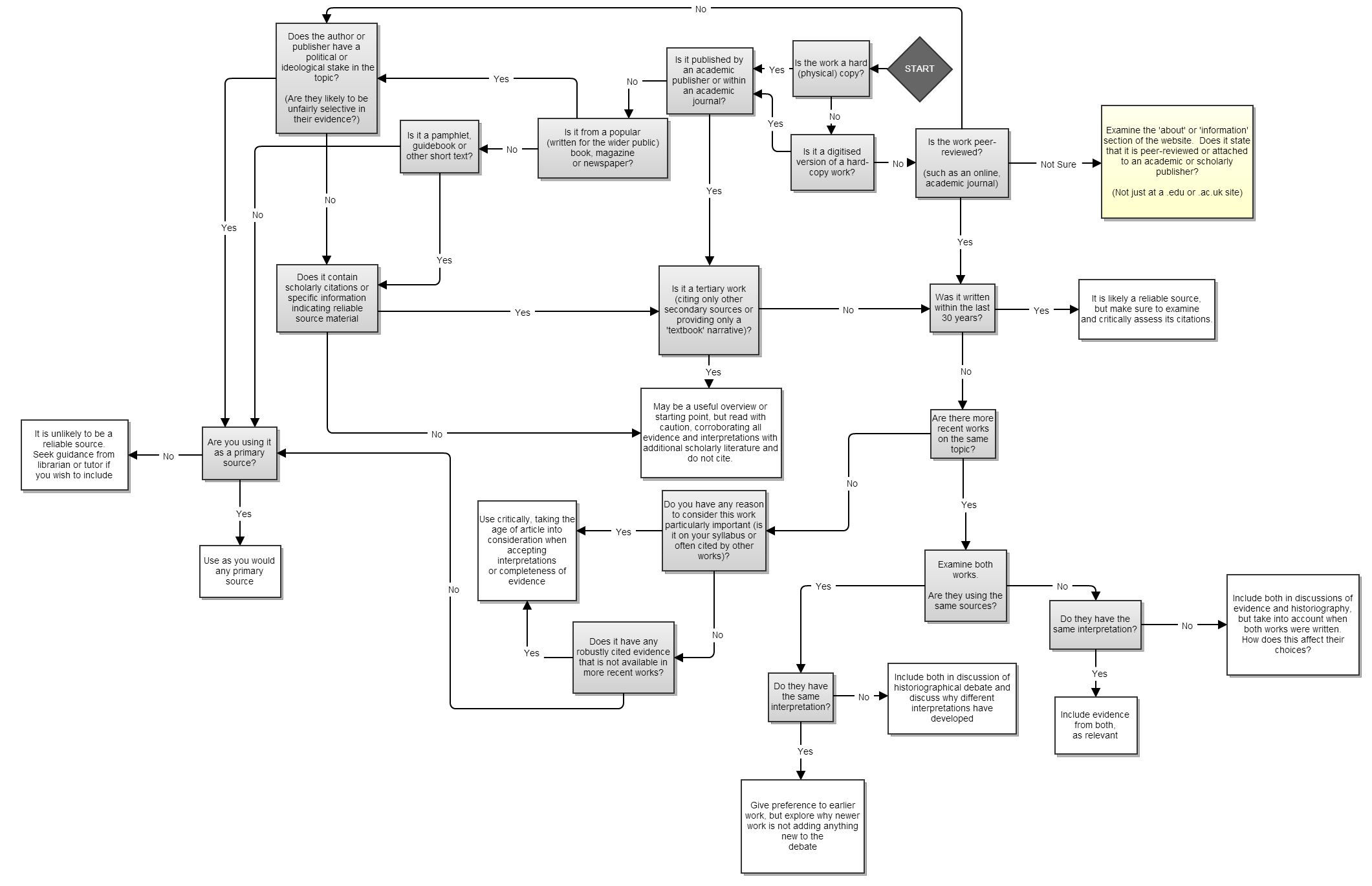 |
| Source: Janine @Flickr.com |
FRIDAY'S CLASS DISCUSSION:
- More on how to annotate your sources (See SG 6.6, and 10.4)
- Ideology: what it is, how it functions, with examples from popular culture (patriotic sayings, commercial jingles, political slogans, song lyrics, and culturally iconic words/images/phrases). See Writing Public Lives chapter 10 for more information. [Since that textbook was suggested but not required, I will see if I can post parts of the chapter on d2l. If I can I will let you know.]
- Deadlines: the official deadline for turning in blogs is still Saturday at midnight. In the assignments posted on this course blog, I am giving you a suggested timeline to keep you on track. If the official deadline changes, I will say so on this blog.
- Extensions: the official policy for asking for an extension on a deadline is that you must ask me, before the deadline, via email. And of course I have to agree to it, so don't assume that I will grant it just because you ask (in other words, look for my email response). This means that if you wait until the last couple of hours to request an extension, I may not see it or be able to respond before the deadline (I am not always up/online at midnight on Saturday nights). Ask sooner rather than later.
- If you miss class: You are responsible for finding out what you missed from your classmates. Please do not email me to ask what you missed: I post a short summary on this blog. In college (unlike high school), your professors as a matter of policy will not fill you in on what you missed if you have to miss class; that is what the class schedule/syllabus is for (even the summary on the blog is more than most professors provide). As much as we might like to be helpful in this way, it's a professional boundary issue: most professors at a large university have hundreds of students, sometimes several hundred. We just can't be responsible for catching students up if they miss class. However, I'm more than happy to see you during office hours or before or after class to answer questions!
- Remember that social media includes not just Twitter or Facebook, but sites liked LinkedIn. (Anything that requires you to network and have followers). There are even social media sites specifically for academics (Academia.edu is one such site). Sometimes academics will post on those sites, if they aren't on Twitter or Facebook.
- When you look for social media sources on Storify, remember that the little tabs on the top right of the search box mean you can search different social media sites: they are represented by icons. Mouse over the icons to see what they represent.
 |
| Screenshot from Storify. |



